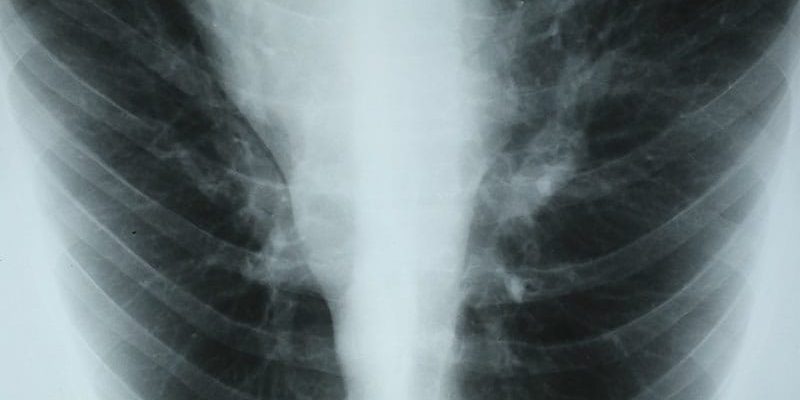Use of xenon-129 (129Xe) imaging detected airway responses at 28 days after a single dose of benralizumab in adults with eosinophilic asthma, a severe form of the disease. The study was based on data from 29 patients.
It has been demonstrated that benralizumab, an anti-IL-5 therapy, can reduce asthma exacerbations and improve quality of life for patients with eosinophilic asthma, write Marrissa J. McIntosh, BSc, of Western University, London, Canada, and colleagues.
Both CT and 129Xe MRI have been used for airway assessment for patients with eosinophilic asthma, the researchers say.
“Using 129Xe MRI and CT together, it is feasible to measure both airway luminal occlusions and airway ventilation in relation to anti-IL-5 therapy to ascertain the direct impact of therapy-induced eosinophil depletion on airway function,” they note.
In a study published in the journal Chest, the researchers reviewed data from 29 adults with poorly controlled eosinophilic asthma who were treated with a single 30-mg subcutaneous dose of benralizumab. The patients ranged in age from 18 to 80 years (mean age, 59 years) and had no history of asthma exacerbation within 4 weeks of enrollment in the study.
The primary endpoint of the study was the change in 129Xe MRI ventilation defect percent (VDP) after a single dose of benralizumab.
Mucus plugs were assessed via CT on day 0; 18 participants showed evidence of at least one mucus plug. 129Xe MRI VDP was measured on day 0 and day 28. Questionnaires for asthma control (ACQ-6) and quality of life (AQLQ) were completed on day 0 and day 28.
On day 28, all measures, including 129Xe MRI, showed significant improvement in blood eosinophil counts, VDP, ACQ-6, and AQLQ (P < .001 for all).
The researchers also analyzed the impact of mucus plugs on patient responses to benralizumab. At 28 days, the nine individuals with five or more mucus plugs showed significant improvement in VDP and ACQ-6 scores from baseline, but changes in the 18 individuals with fewer than five mucus plugs were not significant. This distinction suggests that mucus plugs may have cleared or become disrupted after benralizumab treatment, the researchers say.
However, “It is important to note that we are assuming that eosinophils and mucus plugs are being depleted in the airways because of ventilation defect improvements downstream from mucus plugs, but we have not confirmed this,” they add.
In a multivariate analysis, VDP and CT mucus scores at baseline were significant predictors of quality of life, as determined on the basis of the ACQ-6 scores 28 days after taking benralizumab (P < .001 for both).
Secondary endpoints included quality-of-life scores, eosinophil count, and peripheral airway resistance. On these endpoints, there was significant improvement at 28 days after taking benralizumab among all patients. However, no improvement was seen in FEV1, the researchers note.
The study findings were limited by several factors, including the small sample size, the fact that the study population consisted mainly of older patients and female patients, and the small number of individuals with large mucus scores, the researchers note. Other limitations include the lack of follow-up data on CT and airway lumen sputum sampling, they say.
This is the first known study to examine the responses to benralizumab at 28 days among patients with moderate eosinophilic asthma using noninvasive imaging, they say.
The study was funded by AstraZeneca Canada. Lead author McIntosh has disclosed no relevant financial relationships.
Chest. Published online March 10, 2022. Full text
For more news, follow Medscape on Facebook, Twitter, Instagram, and YouTube.
Source: Read Full Article
